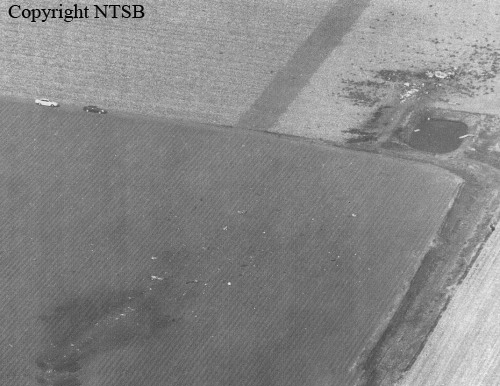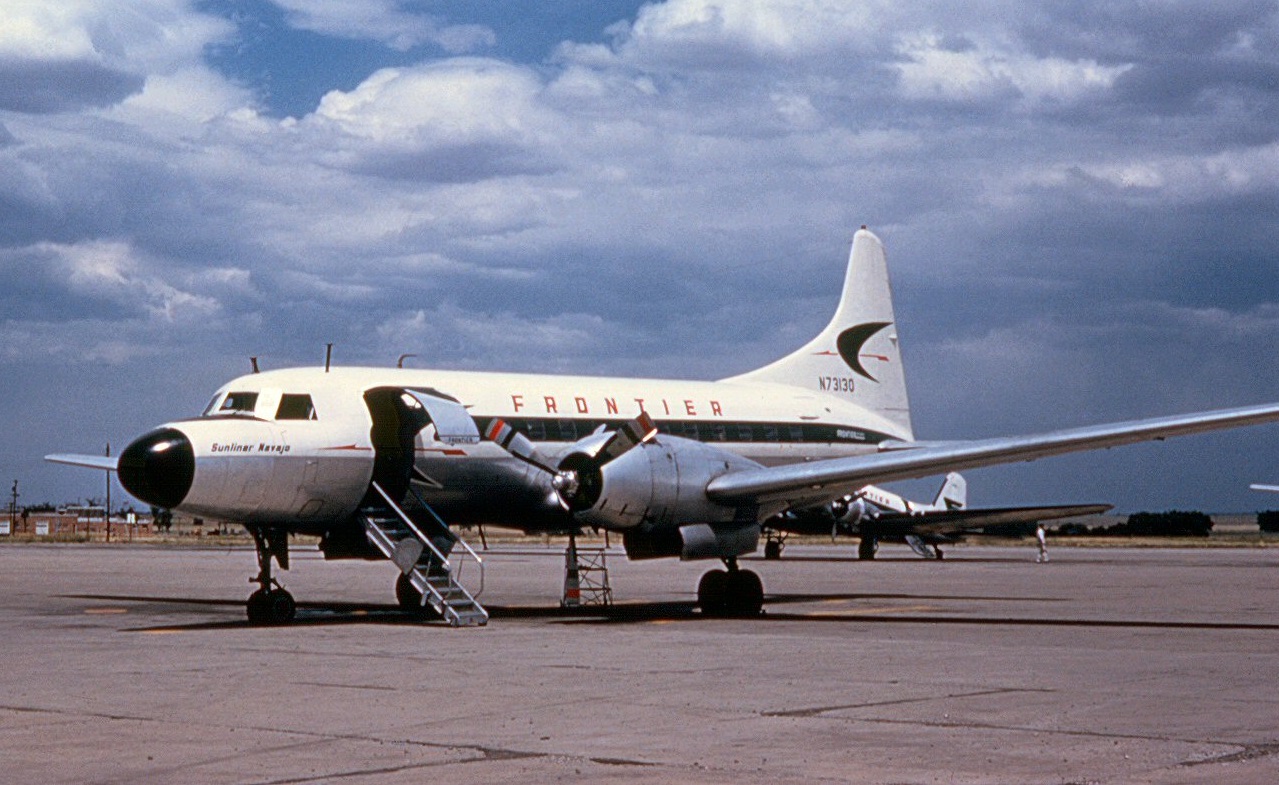Crash of a Beechcraft C99 Airliner near Shelton: 2 killed
Date & Time:
Apr 28, 1993 at 2350 LT
Registration:
N115GP
Survivors:
No
Schedule:
Grand Island - Grand Island
MSN:
U-228
YOM:
1986
Crew on board:
2
Crew fatalities:
Pax on board:
0
Pax fatalities:
Other fatalities:
Total fatalities:
2
Captain / Total hours on type:
2200.00
Copilot / Total hours on type:
44
Aircraft flight hours:
6962
Circumstances:
The flight was a part 135 six-month proficiency check for the pilot in the left seat. Both pilots were check airmen for the commuter air carrier. The flight took off at 2343 after cessation of company revenue operations. The cockpit voice recorder recorded conversation of both pilots discussing aerobatics. The pilot in the left seat started to describe the performance of a prohibited maneuver (apparently a barrel roll). The recording ended before description of the maneuver was completed. The airplane impacted in a nose level attitude with the left wing slightly down. There was evidence the maneuver was performed at an altitude insufficient to assure recovery of the airplane. A filled out grade sheet for the flight being flown was found in the check airman's mailbox. Both pilots were killed.
Probable cause:
The deliberate disregard for the federal aviation regulations, gp express procedures, and prudent concern for safety by the two pilots in their decision to execute an aerobatic maneuver during a scheduled check ride flight, and the failure of gp express management to establish and maintain a commitment to instill professionalism in their pilots consistent with the highest levels of safety necessary for an airline operating scheduled passenger service.
Final Report:






